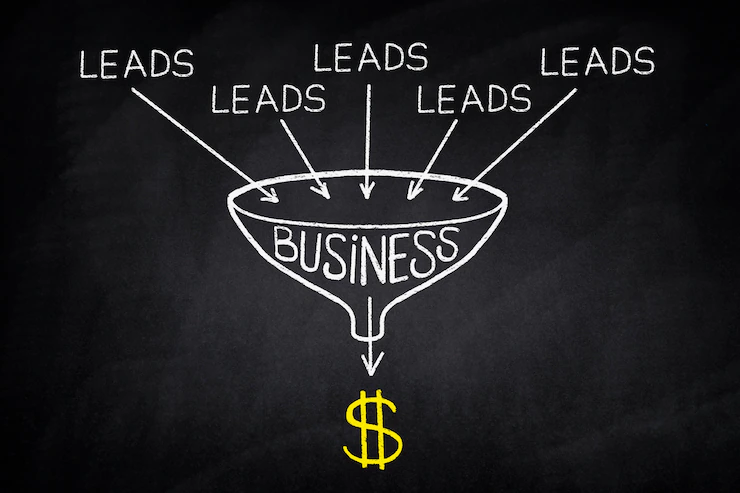Approaches Related To Lead Generation | Here’s All You Need To Know About
by Sumona Business Published on: 21 June 2022 Last Updated on: 18 July 2022

Lead generation is an integral part of business and includes gaining the interest of the new clients to convert them into permanent buyers. The business environment is evolving, and there is a lot of competition.
Effective lead generation is necessary to keep the business running and secure future deals. The age of digitalization also impacts lead generation, and now there are new techniques introduced that mainly focus on the lead generation by the technology.
There are several challenges associated with lead generation because, to approach potential clients, it is necessary to find them. Other than that, various challenges are included in the lead generation by digital means and in finding the appropriate platform however with hello pareto things are now sorted!!
The marketers must make these three main approaches to lead generation with perfection to auto-generate a perfect lead.
3 Prime Lead Generation Approaches To Know About:
Overview:
- Custom-made data
- Expert vetting
- Contact generation
1. Custom-made data
The first problem in the generation of leaders is the collection of data. You will need a tremendous amount of data to work upon to get helpful information out of it. Data is required to reach the customer, including the clients’ business, business areas, size, contact, etc.

Social media platforms such as LinkedIn, Instagram, etc., play an essential role in getting this information. Knowing who your customers are and what types of people might be interested in your product or services is better. There is also the need to have information about the people visiting the online or regular platforms.
Knowing the type of product you are selling, and your target audience is also good. This can help narrow down the vast search area, resulting in better customer data.
2. Expert vetting
During the initial lead generation process, the companies can gather enormous data. The next phase is to classify these leads as qualified or unqualified to convert them into revenue-generating sales. It is impossible to pursue all the tips; only the highest-potential charges are picked, and other processes are followed.

Various techniques are involved in the vetting process, and expert vetting requires the customer profile, business revenue, tech stack, opening roles, tech stack, company spending, etc.
By combining all of this information and after proper research, the company can qualify the leads for other processes. The primary purpose is to pursue the customer that can purchase the maximum amount of products leading to maximum profit.
3. Contact generation
Once the leads are qualified, the next step is to get the contacts. It is not an easy task to get the connection of the target customers as the contact data is constantly changing. To effectively approach the target client, there is the need for updated email, phone number, address, etc.

Contact generation is the final phase of lead generation and should be done carefully; otherwise, all of the previous efforts in lead generation can be wasted.
Contact generation is a critical part of lead generation and needs to be done carefully, and the company should also consider the preferred contact medium. The contacts are updated each year, and 15 percent of the contact information can be wasted after a year, so it is required to have the updated information to get the most out of it.
Conclusion
Lead generation is an essential aspect of the business, and in simple words, it is the process of attracting clients to turn them into future customers. It is not a good idea to send business requests to everyone. It would be a waste of resources and time. Instead, the leads are generated to classify the potential customers who might be interested in the particular product that the business provides. After that, there is a long process to approach these clients and secure a deal with them.
Additionals:







































































































